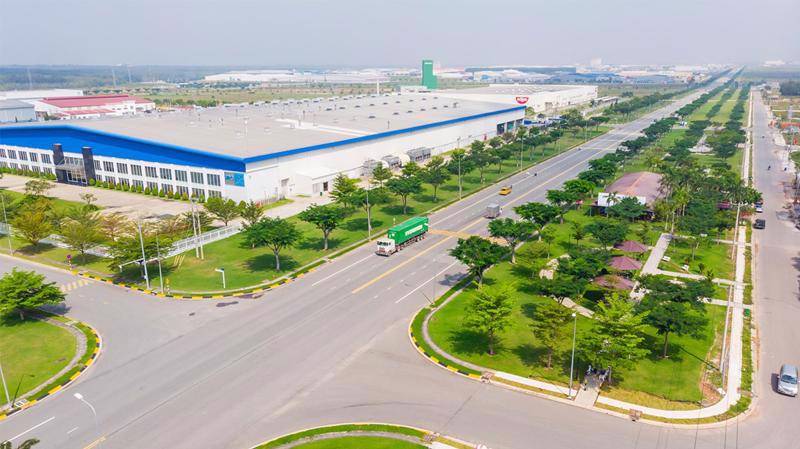Many cities and provinces around Vietnam have recently focused on investing in the development of industrial parks (IPs) with a view to attracting foreign investment, but further preparations are needed to ensure greater capital inflows.
According to Mr. Le Tuan Phong, Chairman of the Binh Thuan Provincial People’s Committee, the south-central province will focus resources on developing three pillars of the economy: industry, tourism, and agriculture.
Binh Thuan currently has six IPs in operation, one (Son My 1) where construction has just begun, and two that are completing procedures to begin construction shortly.
China’s gradual shift from labor-intensive, basic industry to a new level in value chains has created a wave of factory relocations out of the country to Southeast Asia.
According to Ms. Trang Bui, General Director of Cushman & Wakefield, targeted investment markets are Vietnam and Indonesia. While Indonesia is expected to grow thanks to its currency stability and changes in economic policy, Vietnam’s strengths lie in its stable political environment, young and highly-skilled workforce, and relatively low labor costs compared to elsewhere in the region.
To attract foreign investment and stay ahead of trends, Vietnam needs to improve its infrastructure network and administrative procedures. According to the Asian Development Bank (ADB), the country spends up to 5.8 per cent of GDP on infrastructure development, which is quite high in Southeast Asia. To move up the ladder during industrial / logistics park development and to be more competitive than other countries, Vietnam needs to continue to invest in infrastructure, including road transport, deep-water ports, and water and electricity supply, including renewable energy.
Its localities also need to be more dynamic and flexible in adapting to the needs of businesses, even new and unprecedented needs. Competition in attracting FDI among developing countries is becoming increasingly fierce.









 Google translate
Google translate